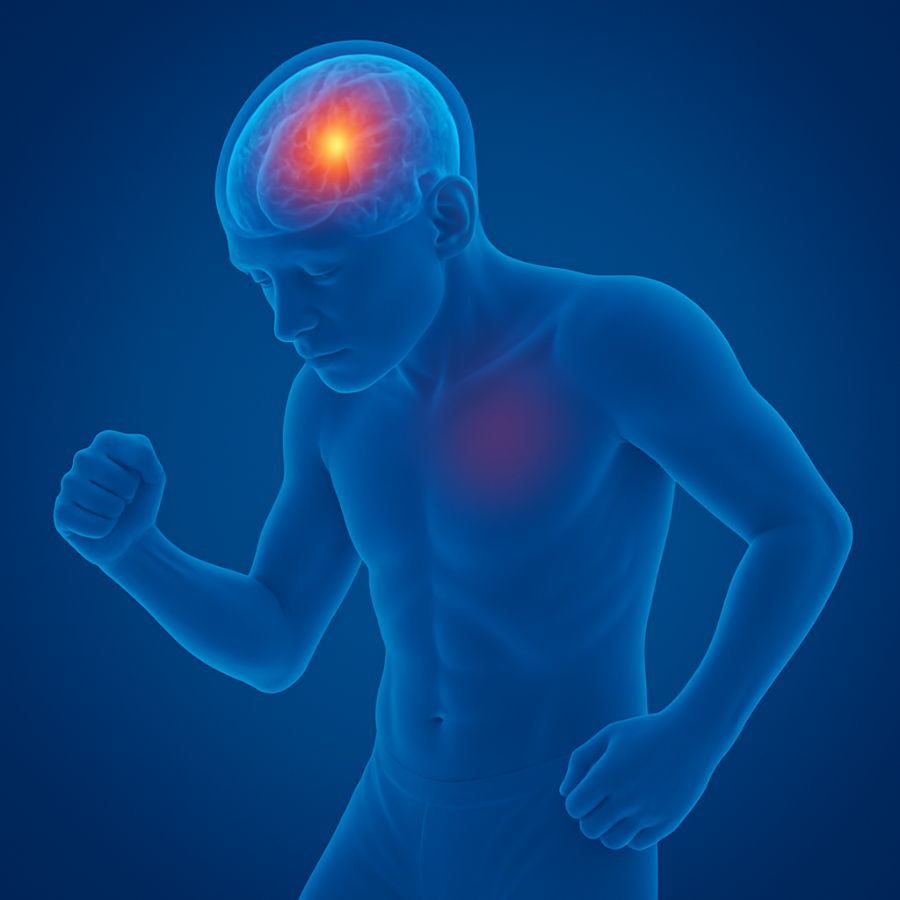Cerebral Palsy
Cerebral palsy is a group of movement disorders caused by injury to a developing brain before, during, or shortly after birth. It affects muscle control, posture, and coordination. The condition does not worsen over time, but symptoms can change as a child grows.
S.A.F.E. Seizure First‑Aid
Stay calm & Start timing
Note when the seizure begins and stay with the person.
Alert help
Call for emergency services if the seizure lasts too long (over 5 minutes) or if it's their first seizure.
Floor & free of hazards
Gently guide them to the ground and move sharp or hard objects away.
Ensure airway & turn on side
Loosen tight clothing, place something soft under their head, and gently roll them onto their side so they can breathe more easily.

When to Consult a Doctor
If you notice a baby or child is not meeting physical milestones, has unusual muscle stiffness or floppiness, or shows jerky movements, seek medical advice. Early evaluation by a neurologist can identify cerebral palsy and begin supportive therapies such as physiotherapy, occupational therapy, and speech therapy.
